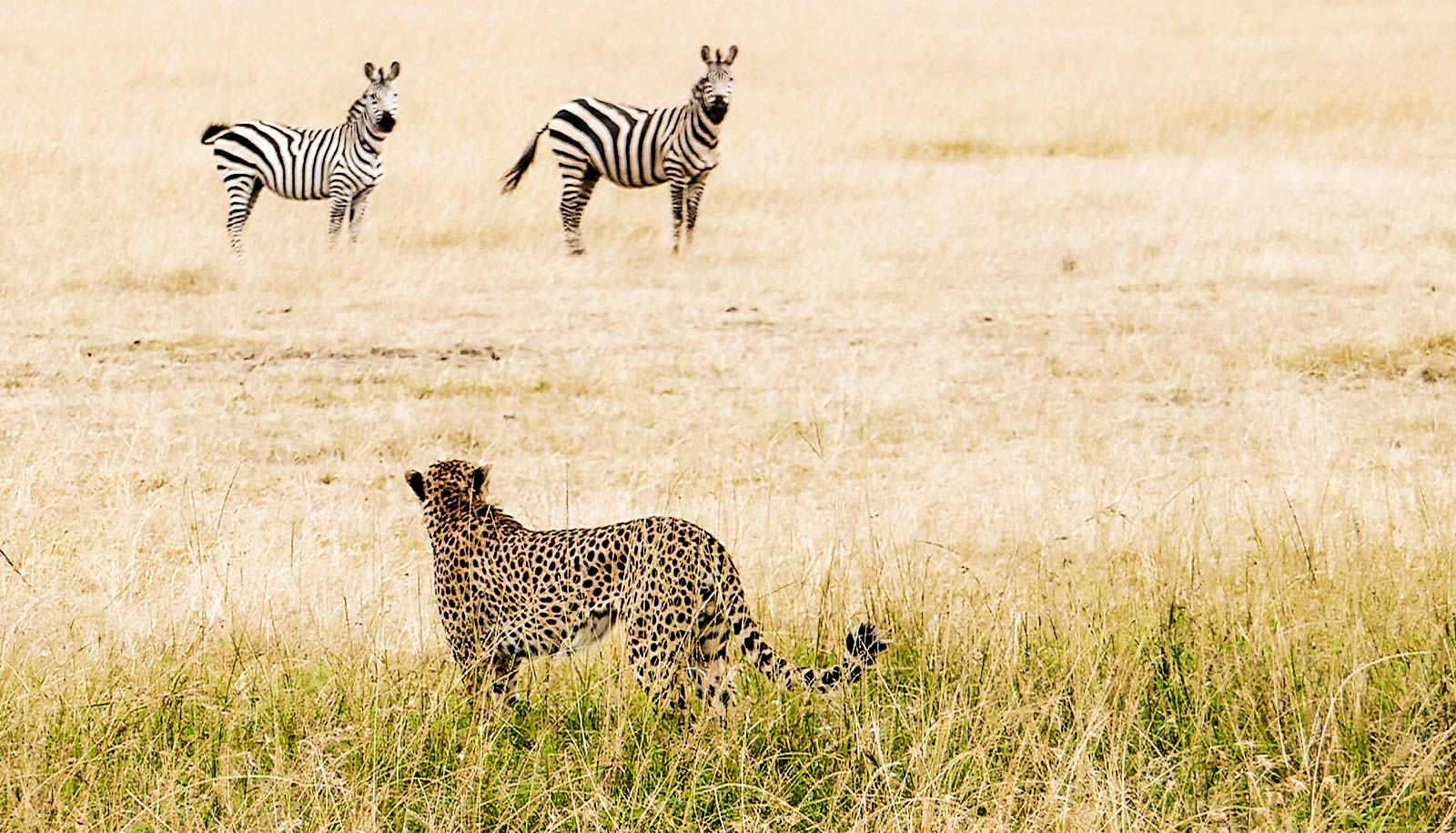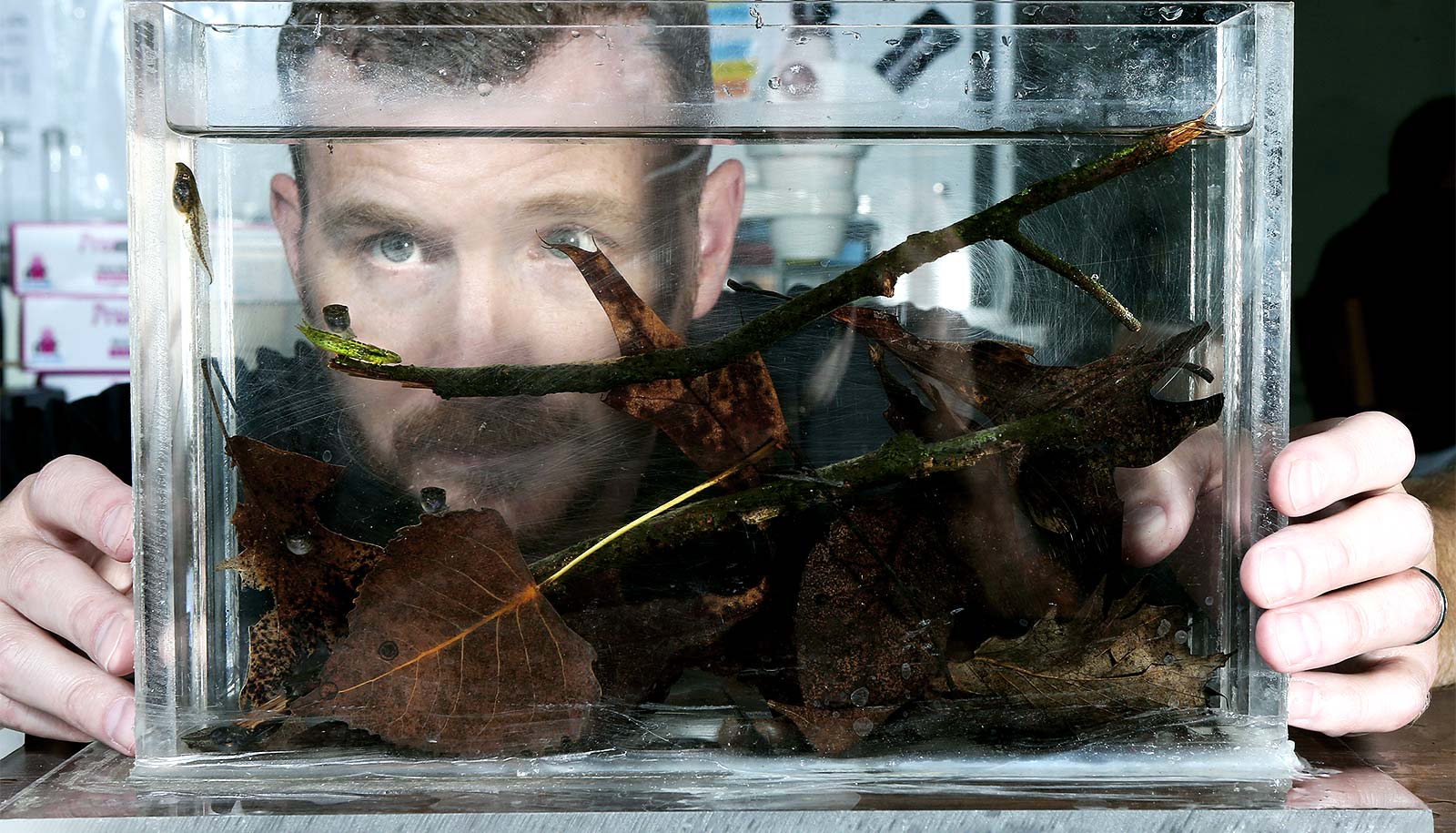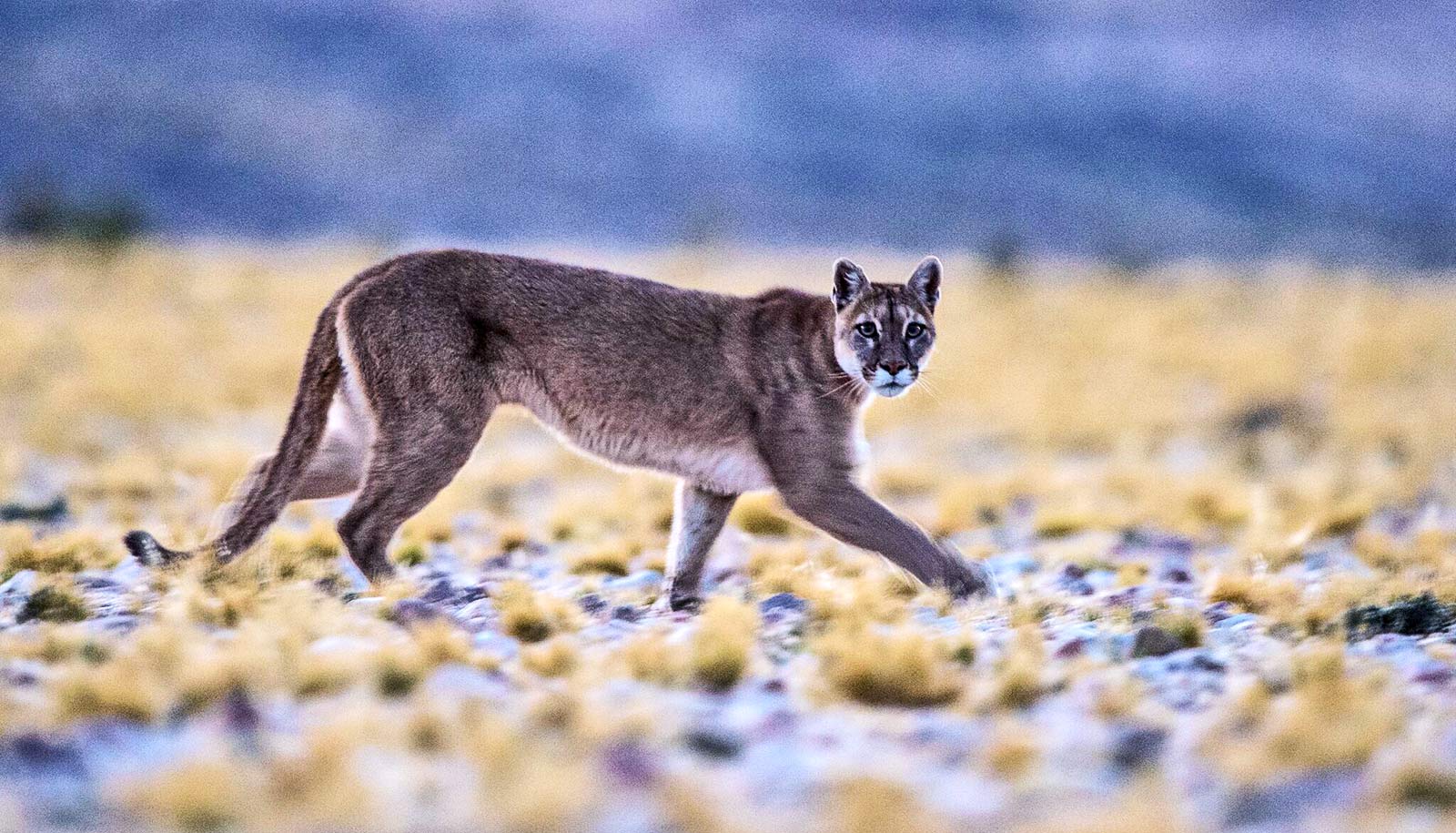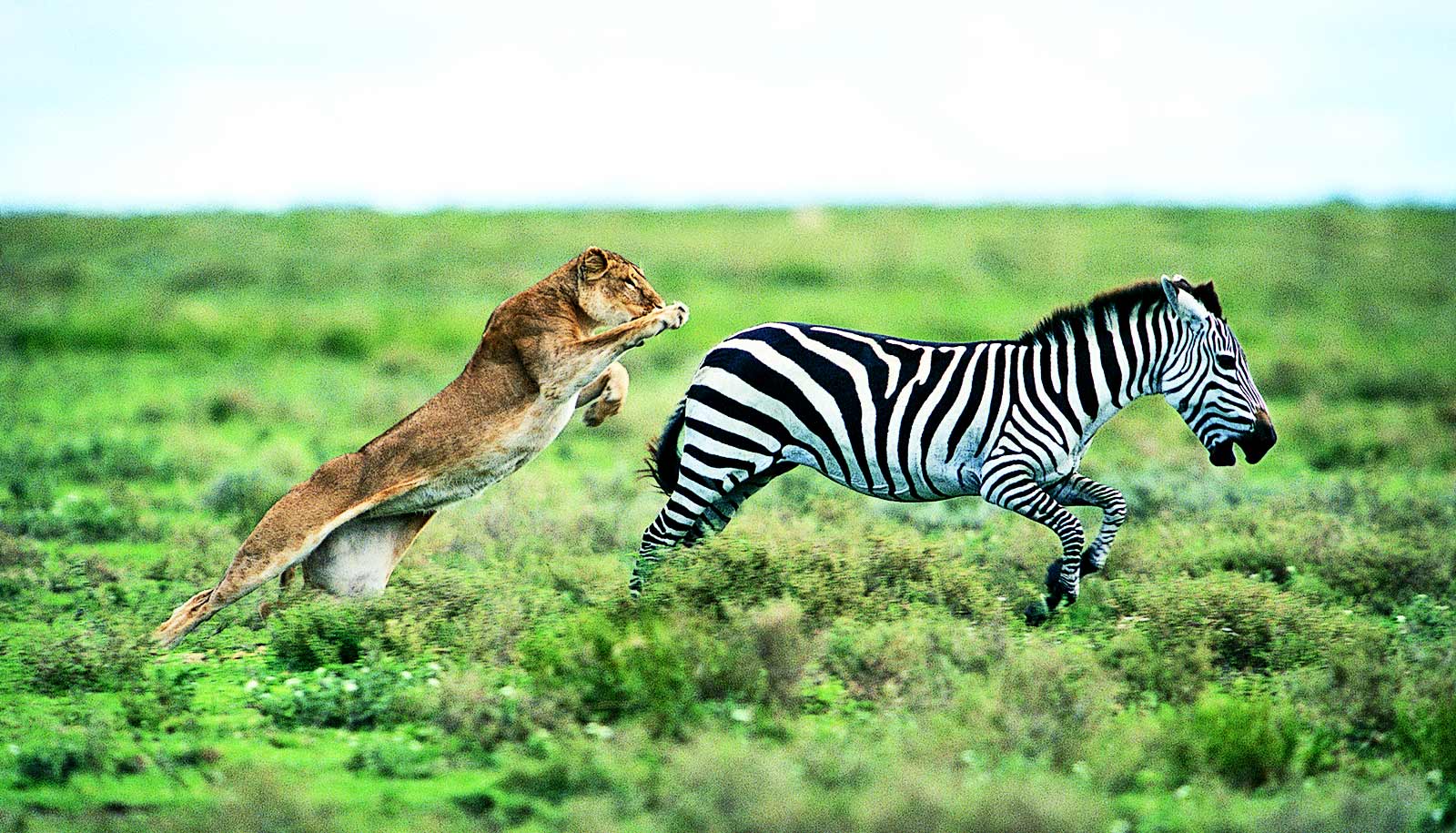New research explains how predators coexist with their prey over long periods without completely depleting the resource that keeps them alive.
After 10 years of work, experiments now confirm that regular oscillations in predator-prey populations can persist over long periods
“Because predators eat their prey there is always a danger that they perish after killing off the resource that kept them alive,” says co-senior author Gregor Fussmann, professor in the biology department at McGill University.
“Yet, if predators are a bit less efficient, prey populations may be able to recover while predator numbers dwindle. This process can lead to potentially endless predator-prey cycles.”
The researchers used a microbial system to try and understand if these predator-prey population cycles occur naturally through the interaction of the two species or if they are the result of external drivers.
Predator-prey cycles are based on a feeding relationship between two species: if the prey species rapidly multiplies, the number of predators increases—until the predators eventually eat so many prey that the prey population dwindles again. Soon afterwards, predator numbers likewise decrease due to starvation. This in turn leads to a rapid increase in the prey population—and a new cycle begins.
To confirm these dynamics, the researchers kept plankton in glass vessels under highly controlled conditions—constant temperature—and used rotifers, which feed on algal cells, as predators. The researchers measured the oscillations in rotifer and unicellular algae populations across 50 cycles and more than 300 predator generations—a record for a study of this kind.
“Our experiments confirm the theoretical concept of self-generated predator-prey cycles,” says lead author Bernd Blasius, head of the mathematical modeling group at the University of Oldenburg’s Institute for Chemistry and Biology of the Marine Environment.
“We mainly observed regular oscillations in the predator and prey populations recurring at almost constant intervals. Unexpectedly, these regular oscillations were repeatedly interrupted by short, irregular periods without any discernible external influences and then independently returned to the original state.”
Fussmann explains that the work helps understand more complex systems.
“Our ability to understand the dynamic behavior of natural ecosystems largely relies on the correctness of very simple theoretical assumptions—including those about how predator-prey cycles arise,” Fussmann says.
“Our work gives assurance that we are using the right building blocks when we attempt to predict what is happening in complex ecosystems.”
The researchers performed their experimental work at the University of Potsdam, where the research team had already measured how external factors can influence population cycles by periodically changing the nutrient supply of the algae. The researchers would now like to explore how other factors occurring in real ecosystems—such as changing temperature—affect predator-prey cycles.
The research appears in Nature.
The German VW-Stiftung supported the work.
Source: McGill University



